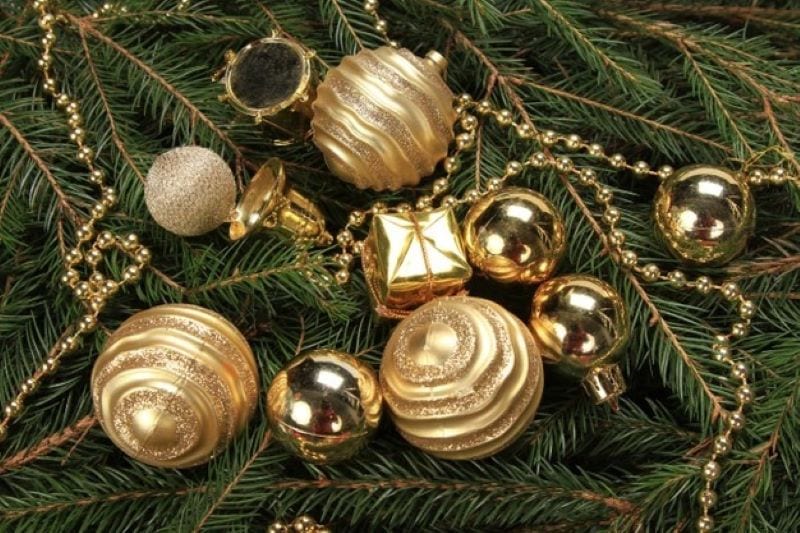The Art of Glass Ornament Production: From Ancient Times to Modern Day
The art of glass ornaments production is a timeless skill that has been passed down from generation to generation. Glass ornaments are created by blowing or shaping glass into a desired form and then decorating it with various materials like paints, beads, and glitter. The production of these ornaments is recognized globally and mastered by artisans across the world, each with their unique techniques and styles.
One of the oldest and most traditional techniques of producing glass ornaments is the hand-blown method. This technique involves heating the glass to a liquid state and then blowing air into it using a long metal pipe. The glass is then shaped and formed by the artisan’s skilled hands, and the design is finished with delicate details using various tools. This method is still popular in some countries, including Italy, where they have been crafting glassworks since the Renaissance period. Murano, Italy, is known for its glassmaking tradition where unique yet classic designs are made using hand-blown methods.
Another production technique of glass ornaments is kiln-casting. This process involves creating a mold of the desired shape, which is then filled with molten glass and heated in a kiln until it reaches a specific temperature. The glass melts to take the shape of the mold, cooling down and settling to form the final product. This method is popular for creating intricate designs with templates or designs that are difficult to achieve with the hand-blown method.
Other techniques include lampworking, where glass is melted over an open flame and shaped using tools like tweezers, and glassblowing, where molten glass is blown into a mold or shaped by hand. These intricate methods are not only used in the creation of ornaments but are also used to craft delicate sculptures and beautiful decorations.
Historical and Contemporary Glass Ornament Styles and Trends
The craft of glass ornament production has become a global perspective, with different countries having their unique styles and unique production techniques. In Japan, traditional Japanese glass craftsmanship is simple, elegant, and carefully crafted with beautiful etching and delicate lines. In Germany, where Christmas ornaments have a considerable history with wooden carvings, glass ornaments replaced them during the 19th century, and a lasting tradition has built up ever since. The glass is blown, and two halves are glued together before being painted with intricate designs. The traditional Polish glass ornaments are famously round and decorated with brightly colored stripes and flowers. Also, they feature hand-painted elaborate patterns with spirals and dots, and other abstract designs.
The beauty and diversity of the glass ornament production industry have captured the attention of millions of people worldwide. Every year, they are showcased in various holiday markets and exhibitions worldwide. Individuals who pride themselves in collecting such ornaments can have a collection from different countries or explore the differences within a single country’s different design styles. It is no longer about single-colored baubles on the Christmas tree but an array of colors, shapes, and patterns that show the diversity of the world’s cultures.
In conclusion, glass ornaments production methods are diverse, with each country having its unique way of crafting these timeless works of art. The traditional techniques used, such as hand-blown, kiln-casting, lampworking, and glassblowing, have seen longevity across time and continue to evolve. The ornaments add a touch of elegance, warmth, and cultural diversity to various festivities, and it is essential for people to appreciate the artistry and skill involved in their creation.

